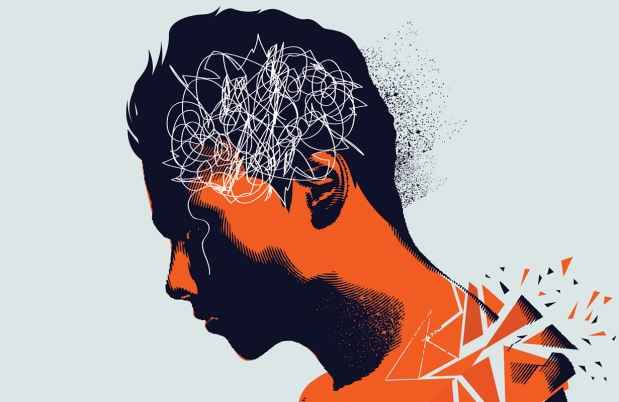Anabolic-androgenic steroid (AAS) use has become a major worldwide substance use disorder that threatens the health of tens of millions of individuals. Thus, it is important to understand the factors that lead certain people to start using these drugs.
Researchers at McLean Hospital reanalyzed data from a prior study, published in 2012 in Biological Psychiatry, applying machine learning methods in an approach informed by recent advances in causal inference. This more fine-grained and methodologically rigorous approach identified five features as proposed causal factors for AAS use.
James I. Hudson, MD, ScD, SM, and Harrison G. Pope Jr., MD, MPH, directors of the Biological Psychiatry Laboratory at McLean, and colleagues detail the findings in Drug and Alcohol Dependence Reports.
Background on the Previous Study
The 2012 study was a cross-sectional assessment of 232 male weightlifters—of whom 101 had used AAS at some point in their lives—ages 18 to 40, who were recruited by advertisements in gymnasiums.
These men completed a battery of instruments for evaluation of various child and adolescent attributes (“features”):
- The Body Dysmorphic Disorder Modification of the Yale-Brown Obsessive Compulsive Scale, further modified to assess retrospectively the participants’ level of concern about their muscularity when they were 13 to 16 years old
- A modified version of the Eating Disorders Inventory-2, which asked retrospectively about adolescent features and rephrased items about body dissatisfaction to focus on muscularity
- The Impulsive Sensation-Seeking Scale
- The Adolescent Risk-Taking Questionnaire
- The Wender Utah Rating Scale for retrospective diagnosis of childhood attention-deficit/hyperactivity disorder
- The Parental Bonding Instrument, also related to recall of childhood experiences

Methods of the Current Study
Modern causal inference often makes use of directed acyclic graphs (DAG) to articulate the underlying causal structure of interest and guide the testing and interpretation of the data. Based on a causal DAG relating features of interest to the development of AAS use, the researchers used four methods of supervised machine learning:
- Lasso regression
- Elastic net regression
- Random forests
- Gradient boosting
Researchers performed multivariate analyses of the 19 features they had chosen as candidate causal factors for AAS use. In this analysis, machine learning assessed the association between each feature and AAS use while controlling for all other measured variables.
Machine Learning Performance
The four machine learning methods performed equally well, with mean areas under the receiver operating characteristic curves ranging from 0.73 to 0.75 on the training set and from 0.68 to 0.72 on the test set.
Potential Causal Factors
Using the machine learning methods and application of principles of causal inference using DAGs, five features in childhood or adolescence emerged as strong potential causal factors for development of AAS use:
- Concern about lack of muscularity (“muscle dysmorphia symptoms,” ranked first in importance in all four machine learning methods)
- Body dissatisfaction
- Lack of care from father
- Sense of personal ineffectiveness
- Rebellious behaviors
Putting the Results in Context
Compared with the prior 2012 analysis, which had identified muscle dysmorphia and conduct disorder as the two primary risk factors for AAS use, this approach achieved greater methodologic rigor and yielded stronger and broader findings.
In particular, this analysis brings adolescent body image concerns into even sharper relief among other factors. Working with these new findings, clinicians may be able to devise interventions designed to reduce the risk that young individuals will choose to use steroids.
Looking for mental health care for someone struggling with their mental health? Call us today at 617.855.3141 to refer a patient.
Media Requests
Journalist or member of the media? We are available 24/7 for media requests.



